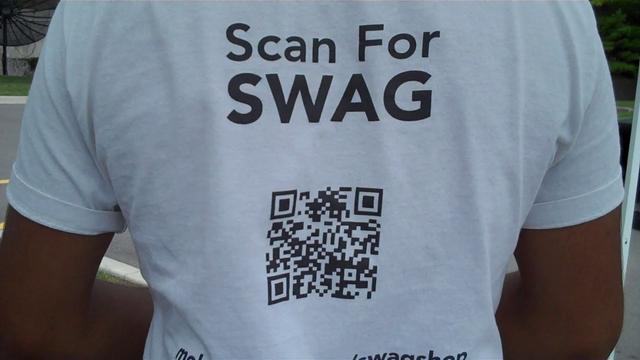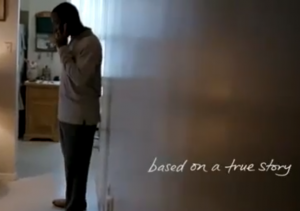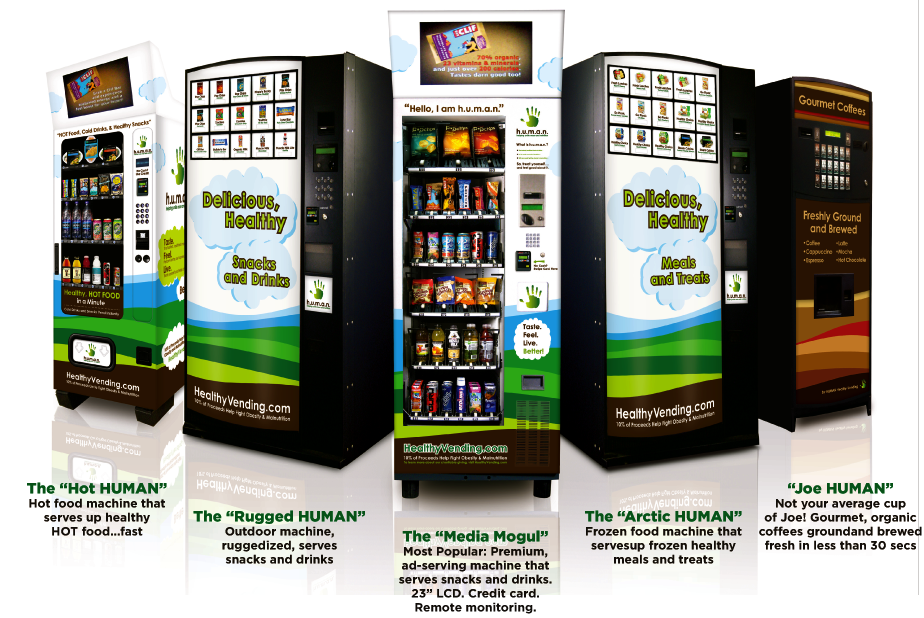 The popular Quick Response (QR) codes are becoming a useful instrument for many businesses. As Adam Toren mentions, in his blog “What’s the Deal with QR Codes?”, QR codes are “versatile, easy to use, and they have an element of fun that not many marketing tools provide.” Toren implies that any marketer would benefit from using a QR code as a promotional tool.
The popular Quick Response (QR) codes are becoming a useful instrument for many businesses. As Adam Toren mentions, in his blog “What’s the Deal with QR Codes?”, QR codes are “versatile, easy to use, and they have an element of fun that not many marketing tools provide.” Toren implies that any marketer would benefit from using a QR code as a promotional tool.

However, Toren does not mention the possible risks associated with QR codes. People frequently scan QR codes that do not explicitly have any branding on them; this is potentially dangerous as they may be sent to a  site containing inappropriate content or even a site that installs a virus on their mobile device. The easy fix would then be to make sure you have your brand name on the poster or picture that contains the code. Although this may seem desirable, it could lead to competition sabotage; companies may create QR codes, with the brand name of a competitor, that leads to a dangerous site. Due to the risk, one misused QR code could label all QR codes as hazardous.
site containing inappropriate content or even a site that installs a virus on their mobile device. The easy fix would then be to make sure you have your brand name on the poster or picture that contains the code. Although this may seem desirable, it could lead to competition sabotage; companies may create QR codes, with the brand name of a competitor, that leads to a dangerous site. Due to the risk, one misused QR code could label all QR codes as hazardous.


 Overall, misleading the audience by displaying “Based on a True Story” may, in return, actually of hurt Tim Hortons through the bad media surrounding the issue.
Overall, misleading the audience by displaying “Based on a True Story” may, in return, actually of hurt Tim Hortons through the bad media surrounding the issue.













 Can man actually land on Mars? This question has been daunting humankind for years but, maybe, the better question is – can man afford to land on Mars? According to a
Can man actually land on Mars? This question has been daunting humankind for years but, maybe, the better question is – can man afford to land on Mars? According to a